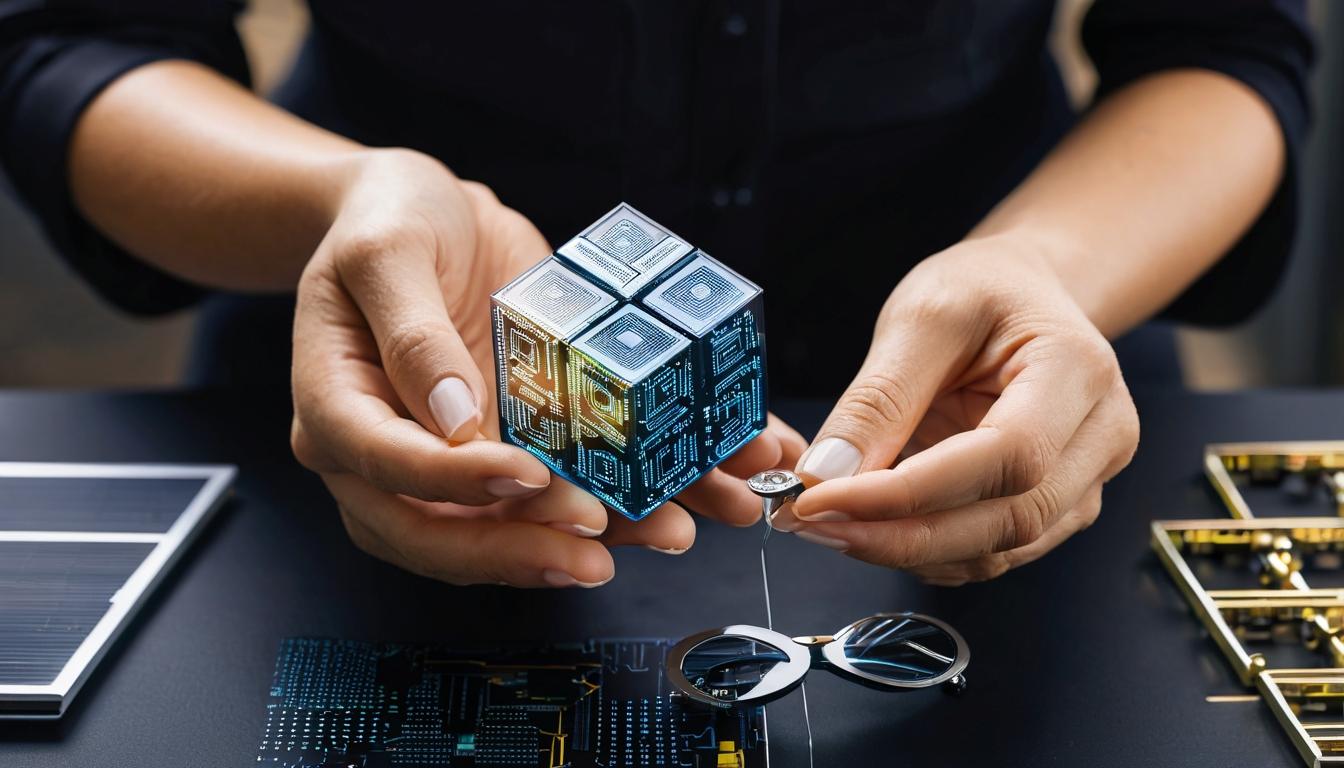In the hushed ateliers of Paris and Milan, a seismic shift is occurring behind the velvet curtains. Luxury fashion houses, long criticized for their environmental footprint and opaque supply chains, are undergoing what industry insiders call "the great reckoning." This isn't just about organic cotton or recycled polyester—it's a fundamental reimagining of what luxury means in an age of climate consciousness.
At the heart of this transformation lies a paradox: how to maintain exclusivity while embracing sustainability. Chanel recently acquired a majority stake in Italian yarn manufacturer Reda, signaling a move toward vertical integration and traceability. Meanwhile, LVMH has launched the Nona Source platform, selling deadstock fabrics to emerging designers at reduced prices. These aren't publicity stunts; they're strategic pivots that acknowledge consumer demand for transparency.
The data tells a compelling story. According to recent McKinsey research, searches for "sustainable fashion" have increased by 75% over the past two years, with luxury consumers leading the charge. These aren't activists looking to dismantle the system—they're high-net-worth individuals who want their values reflected in their wardrobes. They're asking questions that would have been unthinkable a decade ago: Where does this silk come from? Who made this bag? What happens to it when I'm done?
Technology is becoming the unlikely hero in this narrative. Blockchain tracking, once associated primarily with cryptocurrencies, is now being deployed by brands like Stella McCartney to provide unprecedented supply chain visibility. Customers can scan a QR code and trace a garment's journey from raw material to finished product. This level of transparency was unimaginable even five years ago, but it's quickly becoming table stakes for luxury brands that want to maintain relevance.
The human element remains crucial. Artisanship, always central to luxury's appeal, is being recontextualized through a sustainability lens. Brands are highlighting not just the skill of their craftspeople but their working conditions and fair wages. Hermès, for instance, has launched extensive programs to train new artisans, ensuring that traditional techniques survive while providing stable, dignified employment.
Yet challenges persist. Greenwashing accusations continue to plague the industry, with some brands making ambitious claims without the infrastructure to back them up. The European Union's proposed Digital Product Passport legislation could change that, forcing brands to substantiate their environmental claims with verified data. This regulatory pressure, combined with consumer skepticism, is creating a new era of accountability.
The most interesting developments are happening at the intersection of sustainability and innovation. Lab-grown materials, once the domain of science fiction, are becoming commercial realities. Bolt Threads' Mylo™, a mycelium-based leather alternative, has been adopted by brands including Kering and Lululemon. These materials offer the aesthetic and tactile qualities luxury consumers expect without the environmental cost.
Circularity represents another frontier. Luxury resale platforms like Vestiaire Collective and The RealReal have transformed from niche marketplaces into mainstream destinations. Even more tellingly, brands themselves are getting involved: Gucci recently partnered with The RealReal to authenticate pre-owned items, while Burberry launched its own resale platform in Japan. This represents a radical departure from luxury's traditional model of exclusivity through scarcity.
What emerges from these developments is a new definition of luxury—one where value isn't just measured in price tags but in principles. The most forward-thinking brands understand that sustainability isn't a constraint but a creative challenge. It's pushing designers to innovate with materials, rethink production processes, and engage with customers in more meaningful ways.
The revolution happening in luxury fashion isn't loud or flashy. It's happening in research labs, in supply chain meetings, in quiet conversations between designers and material scientists. But its impact could redefine an entire industry, proving that the most luxurious thing a brand can offer isn't just beautiful products—but a clear conscience.
The quiet revolution of sustainable luxury fashion

